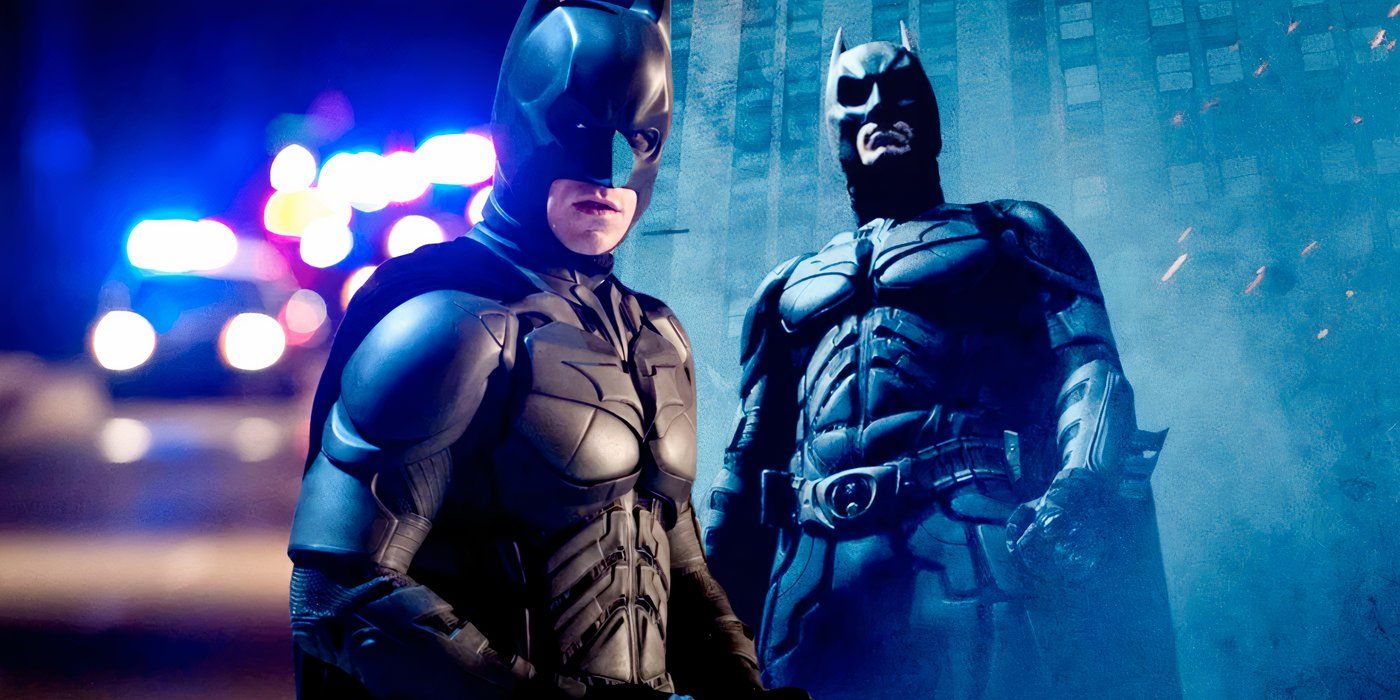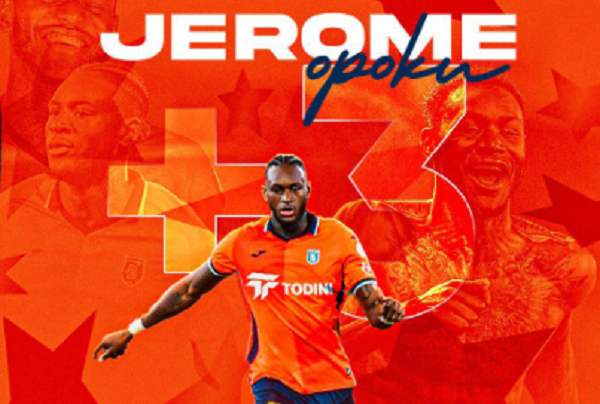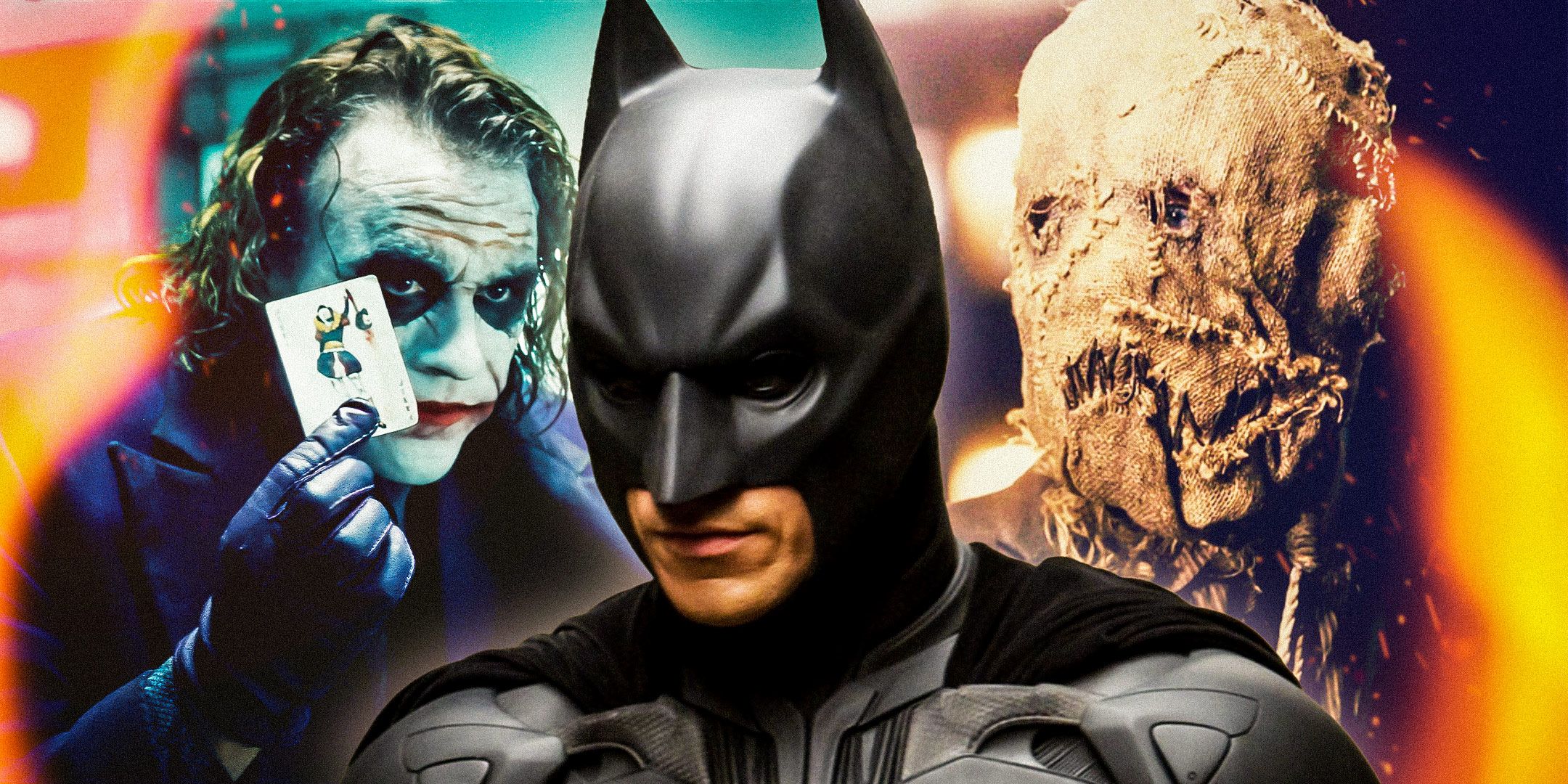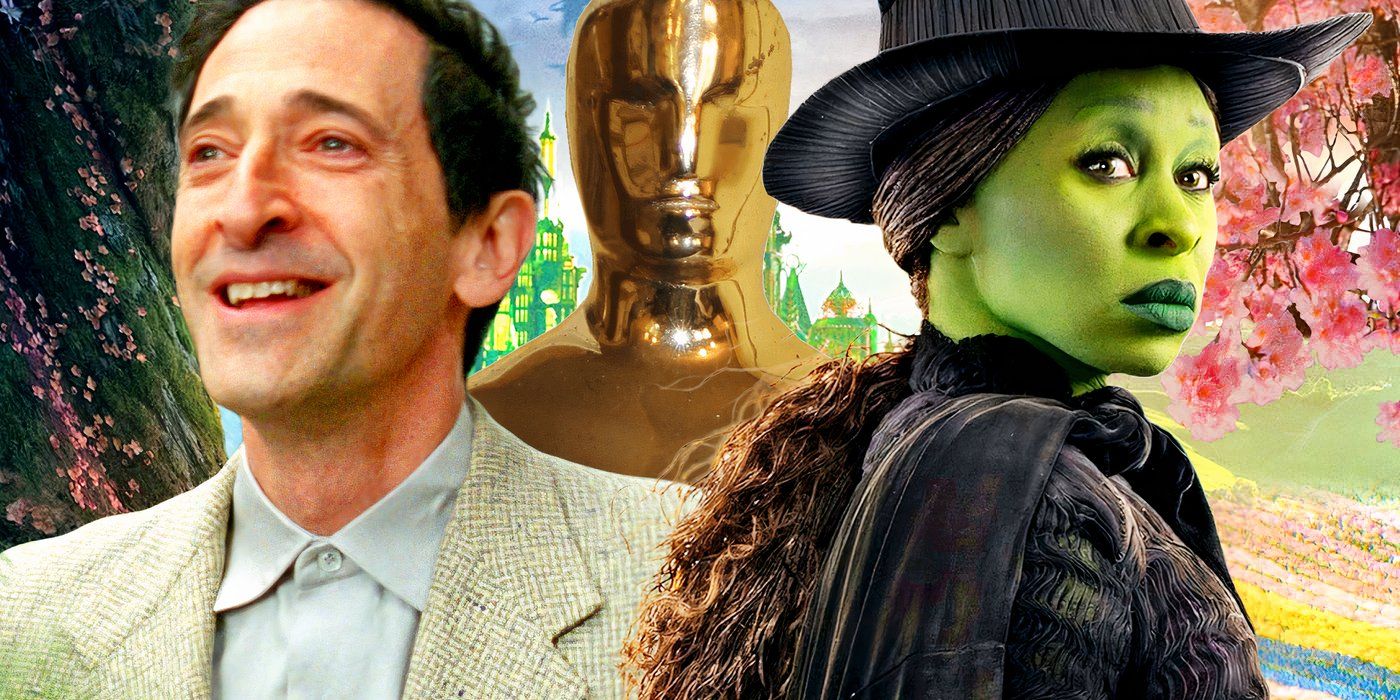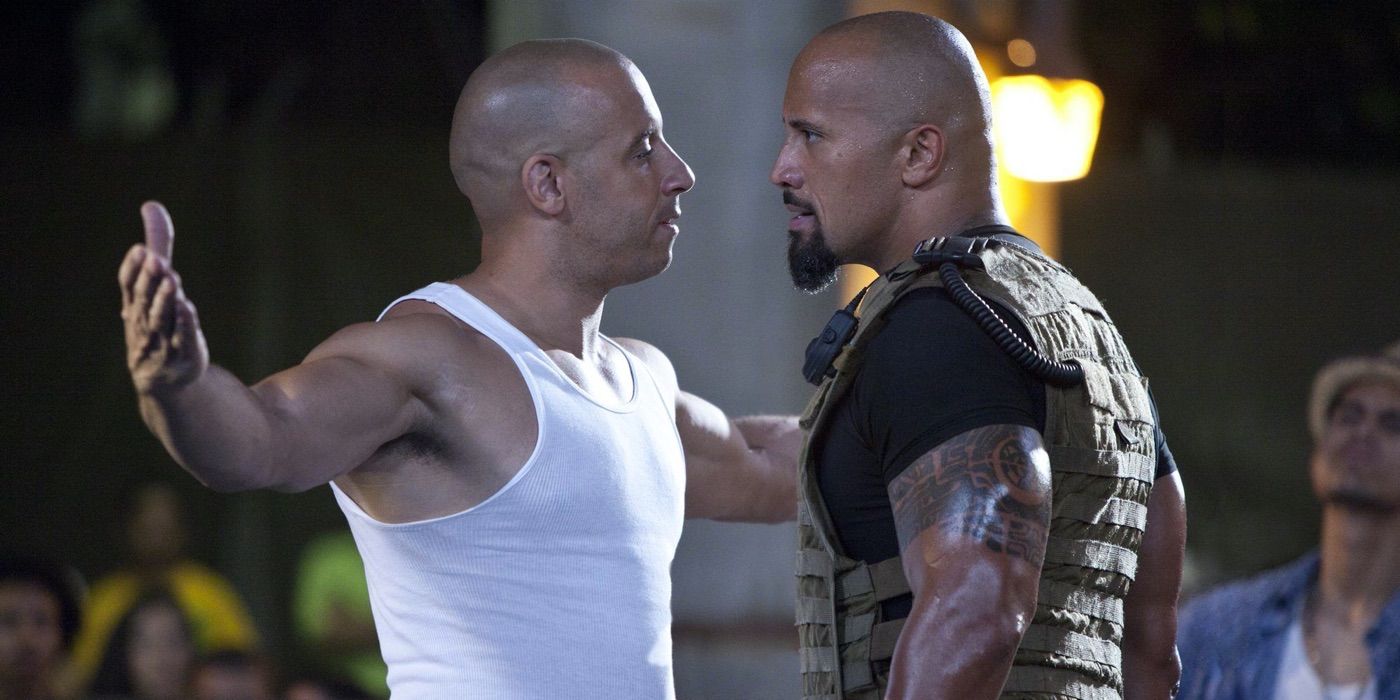is one of the most celebrated DC franchises of all time, and even its more questionable features have proven in hindsight to be massive successes. Christopher Nolan’s vision of Batman offered a darker, more grounded take on the Caped Crusader, with complex themes, nuanced characters, and masterful storytelling. At the time, some decisions raised eyebrows, from casting choices to stylistic departures from the source material. However, as the years have passed, many of these decisions have aged remarkably well, elevating the trilogy to an iconic status in modern cinema.
When The Dark Knight Trilogy debuted, it revolutionized the superhero genre, introducing a level of realism and emotional depth previously unseen in comic book adaptations. Batman Begins worked to establish this complicated and gritty world before The Dark Knight stormed the box office as perhaps the best superhero movie ever made. The Dark Knight Rises concluded the trilogy with similar success, cementing the franchise as a giant in DC’s cinematic history. From redefining the superhero archetype to presenting a gritty, believable Gotham City, these choices have left a lasting impact on audiences and filmmakers alike.
One of the most ambitious decisions Christopher Nolan made was grounding Batman in a world that felt almost entirely plausible. Gone were the fantastical elements of the 1980s/90 Batman films, replaced with a focus on realism. This approach, introduced in Batman Beginsthat resonated with audiences. Bruce Wayne’s journey, from training with the League of Shadows to constructing his iconic suit and gadgets, felt meticulous and authentic.
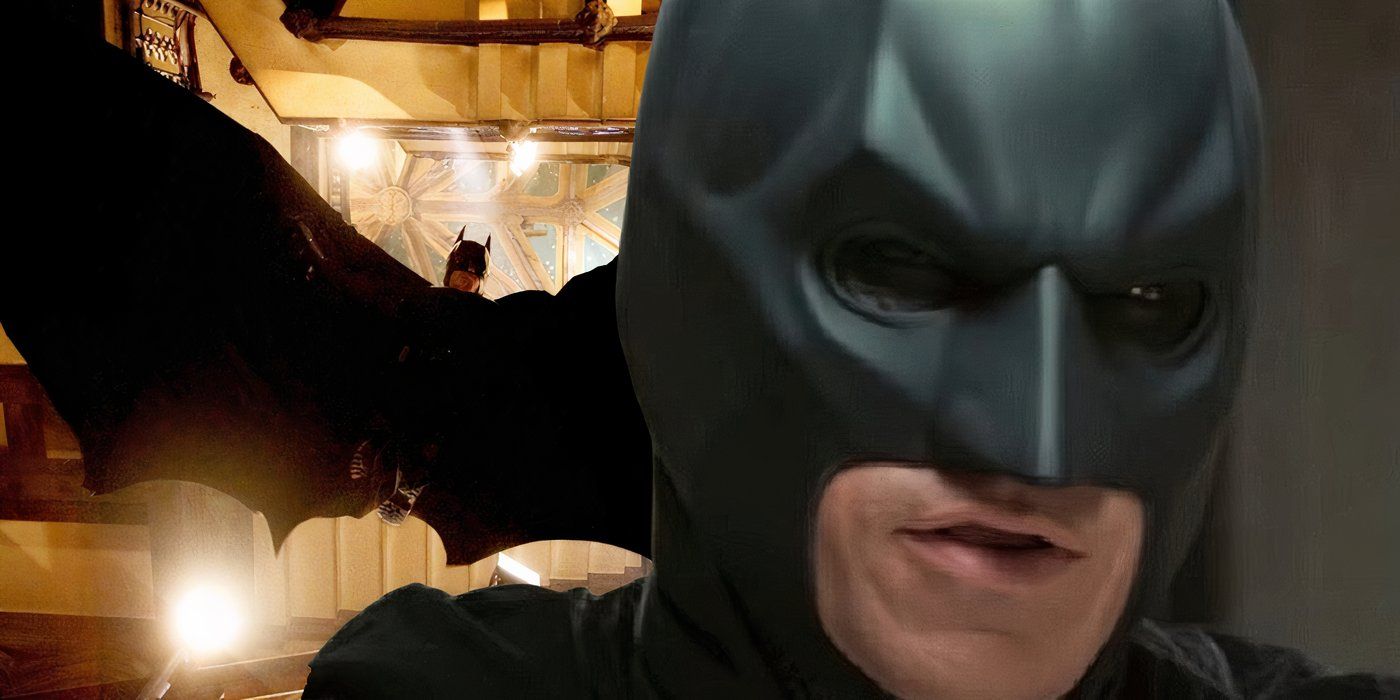
Related
I'm Convinced The Dark Knight Trilogy Made It Impossible For Another DC Movie To Ever Truly Pull Off Batman’s Origin Story
It is almost impossible to imagine a new Batman movie superseding the incredible successes of Christopher Nolan’s celebrated origin story.
At the time, some questioned whether a realistic Batman could capture the spirit of the comics, and how it could navigate some of the more fantastical/superpowered characters. However, this grounded approach, influencing countless other superhero films, including the Marvel Cinematic Universe and standalone films like Joker. By rooting Batman’s story in reality, Nolan created a timeless version of the character that remains accessible and compelling.
In contrast to earlier depictions, grappling with his own morality and limitations. Christian Bale’s portrayal emphasized Bruce Wayne’s humanity, showing his struggles with loss, guilt, and identity. This darker, more mature interpretation resonated deeply with adult audiences who had grown up with the character but now craved a version that reflected their own complexities.
Critics initially worried that this somber tone might alienate audiences seeking escapism. Instead, it redefined the superhero genre, proving that comic book films could tackle serious themes and character development without losing their appeal. This mature Batman , with its influence seen in films like Logan and The Batman. Today, Nolan’s trilogy stands as a testament to the enduring appeal of a superhero story that doesn’t shy away from its protagonist’s darker side and a more adult-oriented narrative.
Rather than relying solely on supervillains, The Dark Knight Trilogy delved into Gotham’s seedy underbelly, exploring the systemic corruption and organized crime networks. Characters like Carmine Falcone and Sal Maroni , grounding the story in a reality that felt both gritty and relatable. This focus made Gotham a character in its own right, a city worth saving despite its flaws.
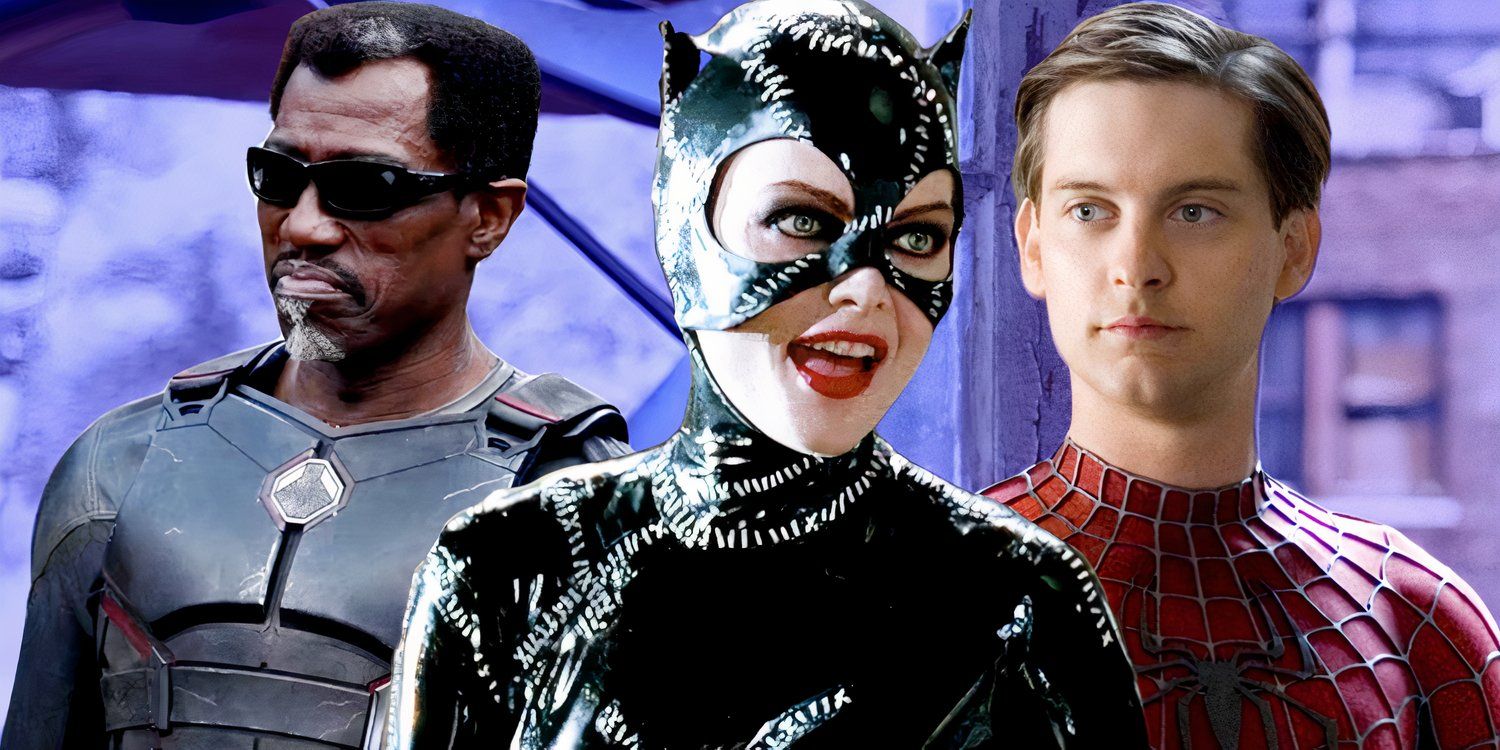
Related
10 Superhero Movie Legacy Sequels We're Still Holding Out Hope For
With legacy sequels, both Marvel and DC could revisit some classic superhero movies for a one-off sequel, reviving an iconic past performance.
By depicting the interplay between organized crime and costumed villains, the trilogy created a layered narrative that transcended typical superhero tropes, and. This choice enriched the films’ world-building and added urgency to Batman’s mission. In hindsight, this decision aged exceptionally well, as it offered a fresh perspective on Gotham and inspired other adaptations to explore similar dynamics, such as the Gotham TV series and The Batman.
In Batman Begins, the League of Shadows served as both Bruce Wayne’s mentor and nemesis, with Ra’s al Ghul’s ideology shaping much of Bruce’s journey. This reimagining of Bruce’s origin story was , where Ra’s al Ghul’s connection to Batman wasn’t yet established. By positioning the League as the architects of Gotham’s decay, Nolan created a compelling link between Bruce’s training and his mission to save the city. Beyond the death of his parents, Bruce Wayne had an explicit reason to don the cape and cowl.
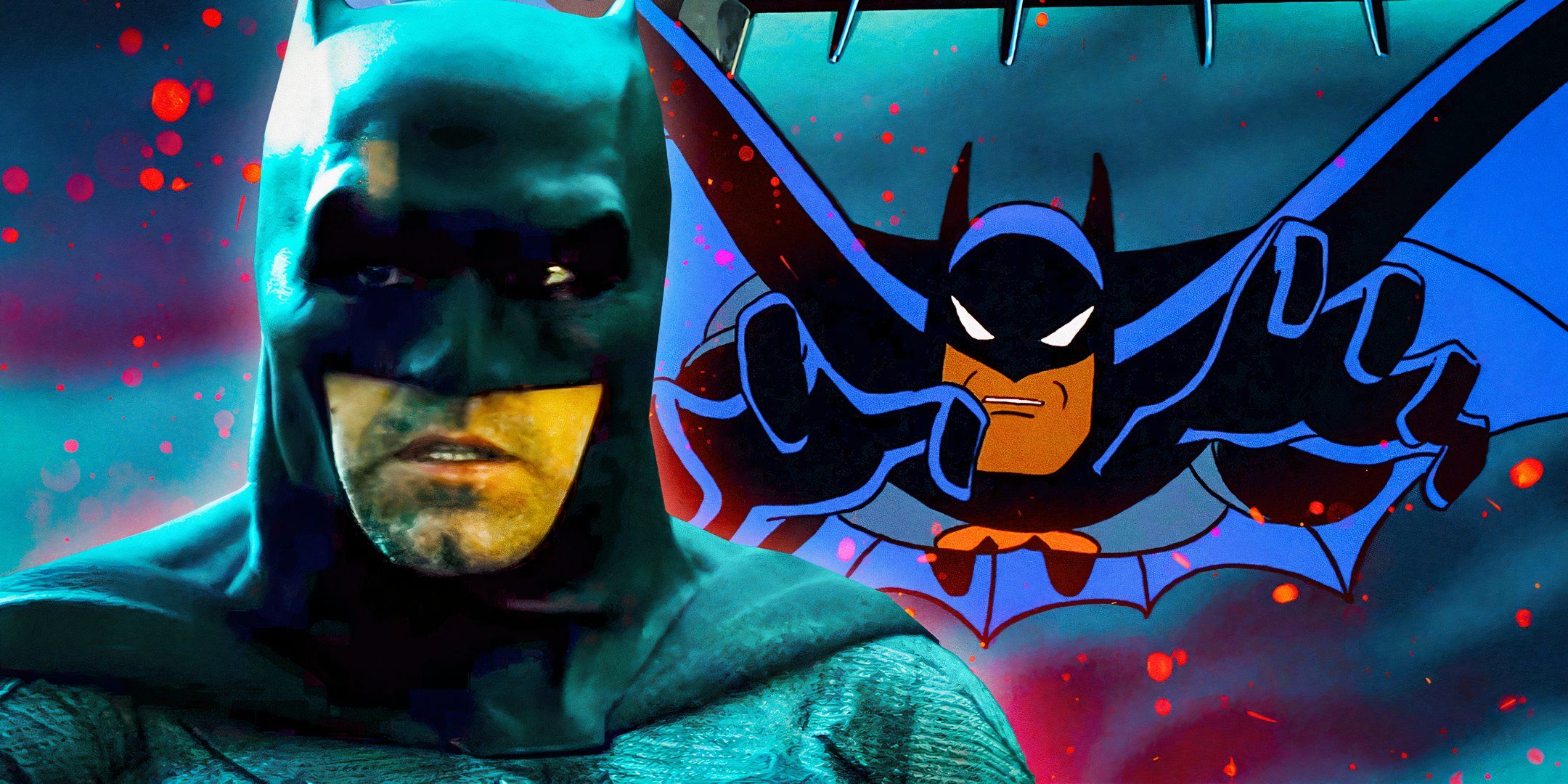
Related
Every Version of Batman's Origin Story In Movies And On TV, Ranked
Batman has one of the most iconic origin stories of all time, which has been depicted in many movies and tv series to different degrees of success.
While some purists initially criticized this reinterpretation, it has since been. The League’s philosophy of justice through destruction provided a powerful counterpoint to Batman’s ethos, making their conflict deeply personal. This decision has aged gracefully, adding layers to Bruce’s character and solidifying the trilogy’s status as a masterclass in storytelling.
When the Batpod was first revealed in The Dark Knight, it was met with skepticism. The futuristic, motorcycle-like vehicle seemed like an odd replacement for the iconic Batmobile. It was largely an elaboration on the Batcycle, a modified motorbike Batman uses in the comics. The Batpod quickly proved an improvement, with its .
The Batpod’s introduction during the Joker’s truck heist became, depicting its versatility and raw power. Unlike previous Batman vehicles, the Batpod felt like an extension of Batman’s tactical prowess. Its ability to maneuver through tight spaces and perform gravity-defying stunts added a new and unexpected dimension to the action scenes. Over time, the Batpod has become an iconic part of Batman’s arsenal, proving that Nolan’s willingness to innovate paid off handsomely.
Gotham City’s portrayal in The Dark Knight Trilogy shifted from the gothic, exaggerated aesthetics of the Tim Burton Batman movies to a sleek, modern metropolis. While this departure was initially disappointing, it . Drawing inspiration from real-world cities like Chicago and New York, Nolan’s Gotham felt grounded and believable. This modernized setting complemented the trilogy’s realistic tone, making Gotham’s struggles with crime and corruption more relatable.
Some initially missed the fantastical elements of Tim Burton’s Gotham, but the updated design has aged remarkably well. By rooting Gotham in the real world, , serving as a fitting backdrop for the trilogy’s grounded storytelling. This approach influenced subsequent superhero films, with many adopting a similar aesthetic to enhance their sense of realism.
The ending of The Dark Knight Rises saw Bruce Wayne faking his death and starting a new life in Italy with Selina Kyle. Alfred’s silent acknowledgment of Bruce’s survival in a Florence café provided. While some viewers criticized this ending as too neat, ambiguous, or downright unbelievable, it has since been recognized as a fitting send-off for Nolan’s Batman.
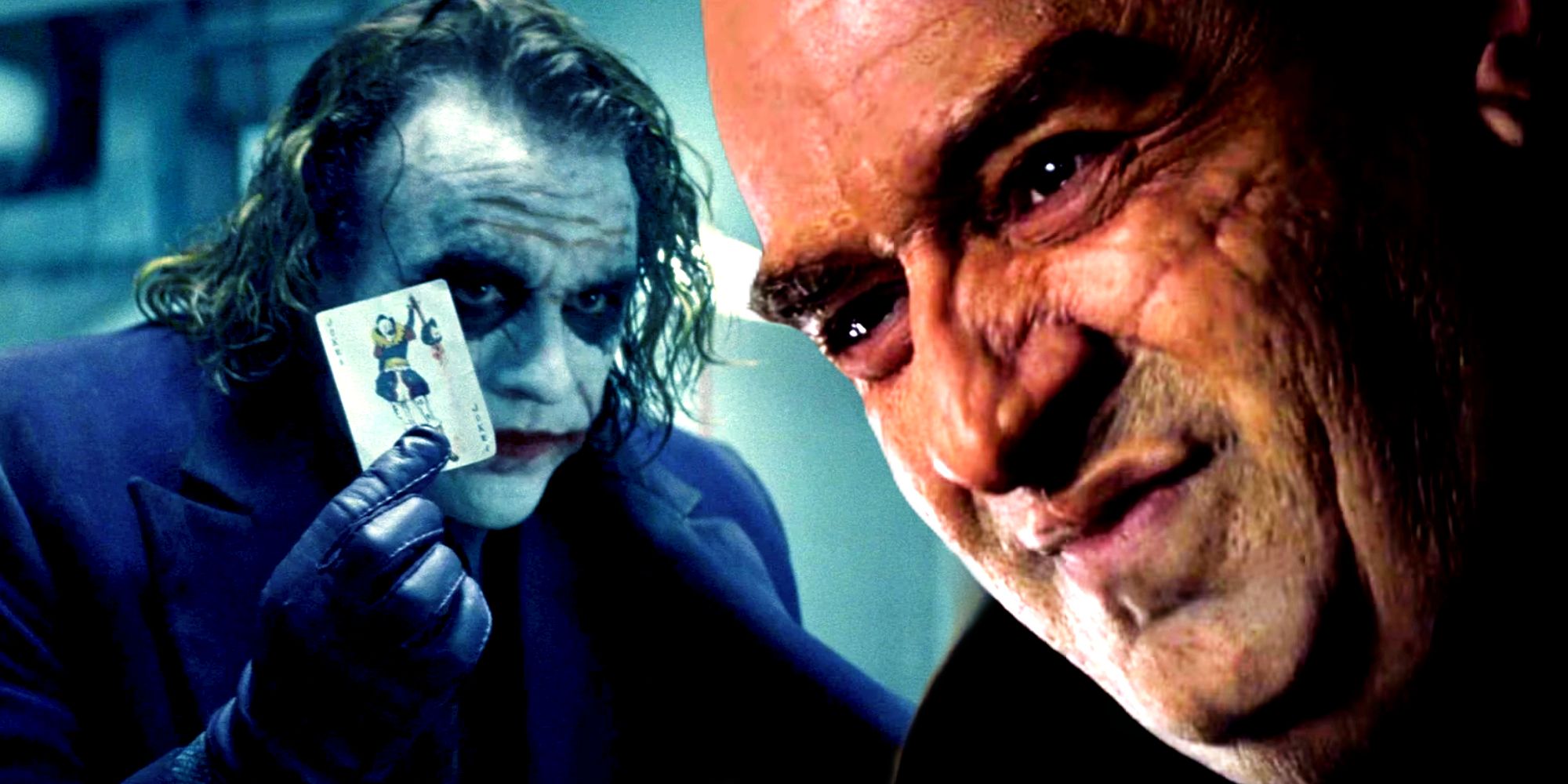
Related
The Dark Knight Just Lost Its Crown For The Most Brutal DC Villain Scene
The Penguin finale breaks the record for the darkest and most brutal moment in any DC movie, surpassing The Dark Knight's Joker scenes.
The scene’s subtlety and emotional resonance have aged beautifully, . By allowing Bruce to escape his burdens and find happiness, the trilogy subverts expectations while staying true to its themes of redemption and sacrifice. This choice has become one of The Dark Knight Trilogy’s most iconic moments, cementing its legacy as a story about hope and renewal, while providing a superhero with a rare happy ending.
Nolan’s decision to reimagine the Batmobile as the Tumbler in The Dark Knight Trilogy was a bold move that initially divided viewers. The Tumbler’s rugged, military-inspired design was a stark departure from the sleek, futuristic Batmobiles of previous films, and indeed the comics. It seemed like . Ultimately, it worked well to nuture a more realistic tone. Its practicality and raw power quickly won over audiences, becoming a defining feature of the trilogy.
The Tumbler’s iconic moments, from its first appearance in Batman Begins to its explosive chase sequences in The Dark Knight, establish its importance as both a narrative and visual element. Its unique design has aged exceptionally well, . Today, the Tumbler is celebrated as one of the most innovative and memorable Batmobiles in the character’s history.
Tom Hardy’s portrayal of Bane in The Dark Knight Rises introduced an unexpected and controversial element: his muffled, theatrical voice. At first, audiences were divided over the decision, with some finding it difficult to understand. The performance , lampooning a character typically known for his seriousness. However, Hardy’s unique delivery has since become almost as iconic as Heath Ledger’s Joker.
Tom Hardy’s distinct cadence and tone set Bane apart from other villains, emphasizing his intelligence and eccentricity. Over time, it has been embraced as a bold and memorable choice that enhances the character’s presence. Years hence, rather than needing to strain one’s ears to understand him, modern viewing practices (such as perpetual subtitle use) have made it far more manageable. Meanwhile, the spoofs and jokes surrounding it have contributed to its mythological status. Hardy’s Bane remains one of the trilogy’s boldest performances. It might be a bit silly, but it has become.
When Heath Ledger was cast as the Joker in The Dark Knight, the decision was met with skepticism. Many doubted whether the actor, known for roles in romantic dramas, could embody Batman’s most iconic adversary. Instead, from the very moment he was revealed in the famed opening scene, Ledger’s , delivering a portrayal that remains one of the most celebrated in cinematic history.
Ledger’s Joker was a chaotic, unpredictable force of nature, perfectly capturing the character’s anarchic essence. His performance earned him a posthumous Academy Award for Best Supporting Actor, cementing his place in film history. Today, Ledger’s Joker is , with his influence felt in subsequent portrayals of complex antagonists. This casting choice has aged so well that it’s hard to imagine anyone else in the role, a testament to Nolan’s visionary instincts throughout .
